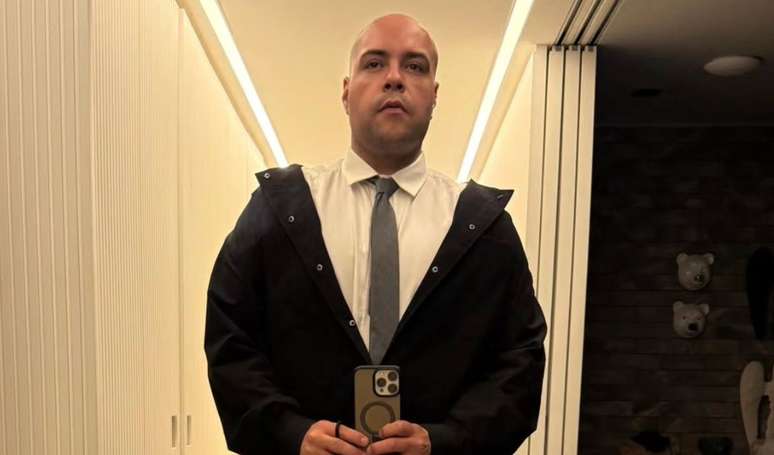Juliana Calheiros, founder of [The Woman] Gym, highlights how physical activities can transform women’s lives at all stages
Each phase of a woman brings with it significant physical and emotional transformations. That said, Giuliana Calheirosphysical educator and founder of [The Woman] Gym, highlights the importance that training can have for the different stages of women’s lives, from adolescence to old age.
According to the professional, physical activity is able to promote greater well-being and quality of life from adolescence to old age, promoting a smooth and healthy transition at every stage. Below, explain the benefits!
Benefits of training for each stage of women
Adolescence
All phases of a woman are important and most of them are governed by hormones. However, adolescence is often one of the most difficult. In this phase the body changes, the emotional state changes and the perspective of everyday situations becomes a roller coaster.
“Psychologists, therapists and psychiatrists highlight the importance of identity development at this stage. Women face challenges related to self-image and social pressures. There is no more natural and healthy way to take care of all this than through physical activity, even if accompanied by other treatments that may be necessary in specific cases”, underlines Juliana.
“They play a fundamental role in this context, promoting social security through a variety of group games and bodily experiences or even preparing the young woman for everyday situations. Furthermore, they strengthen the muscles, as the levels of male hormones, added to the stimuli physical, contribute to the increase and strengthening of muscle tissue.”
According to the professional, physical activity also improves posture, often bringing the shoulder girdle region into a more upright position, communicating how much more confident the adolescent is in a conversation with peers. “They also improve motor coordination, contribute to the release of endorphins, which have positive effects on mood, and help develop a healthier body image, reducing feelings of inadequacy that often arise in the face of sudden and unannounced changes. . “
Pregnancy and postpartum
Pregnancy and the postpartum period are wonderful, but also challenging times. During pregnancy, changes in the body, insecurities regarding the baby’s progress, hormonal fluctuations and possible pathologies (psychological or physical) can affect the emotional security of mothers.
“Exercise undoubtedly improves cardiovascular health, the muscles involved in childbirth, pain in the legs and lower back, as well as reducing stress (provided it is released by your doctor),” Juliana points out.
“After giving birth, tiredness and emotional overload are common. Joint pain, body dissatisfaction and worries about breastfeeding and everything that involves caring for the baby are also common challenges. For this reason, adapted and specific physical activities, taking into account postpartum orthopedics, few hours of sleep, loose skin, weight and lack of control over the mother’s routine over herself, are more than essential for her to improve in all these you wait without it interrupting your new routine as a mother (including breast milk production, which is normally a concern during the postpartum period),” she adds.
Furthermore, giving the mother some time to herself, even with the baby at her side (or sometimes on her lap), is extremely important.
Menopause
Menopause is a time when hormonal changes occur that affect women’s health and well-being. Physically, this can lead to changes in body composition, such as weight gain and loss of bone density. Emotionally, women may face symptoms such as anxiety and depression.
“Physical activity, including resistance exercises (the famous bodybuilding), is mandatory. It helps maintain muscle mass, control weight and release endorphins, which reduce symptoms of anxiety and depression. Furthermore, regular practice of Physical exercise improves bone density and reduces the risk of osteoporosis. Aside from the sense of security and reconnection with oneself that occurs, it provides new strength and new confidence to face another female phase. Physical exercise changes everything”, guarantees the specialist.
Third Age
In old age, health and mobility become crucial for an active and independent life. Falls and mobility problems are common concerns. Personalized and specific physical activities for them help improve flexibility, balance and muscle strength, reducing the risk of falls. This contributes to the functional independence and self-confidence of older women.
“Investing in physical activity is a critical step toward the well-being of women at all stages of life. Each stage brings unique challenges and opportunities, and adapting activities can make a difference.” concludes Juliana Calheiros.
Source: Terra
Ben Stock is a lifestyle journalist and author at Gossipify. He writes about topics such as health, wellness, travel, food and home decor. He provides practical advice and inspiration to improve well-being, keeps readers up to date with latest lifestyle news and trends, known for his engaging writing style, in-depth analysis and unique perspectives.

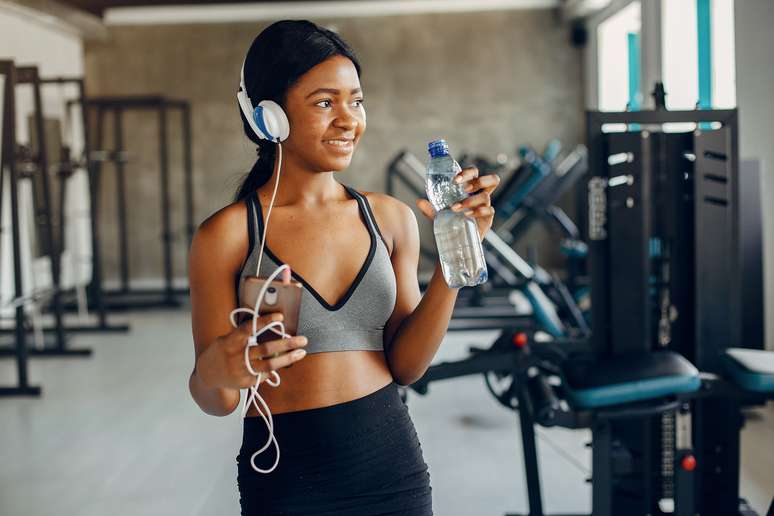
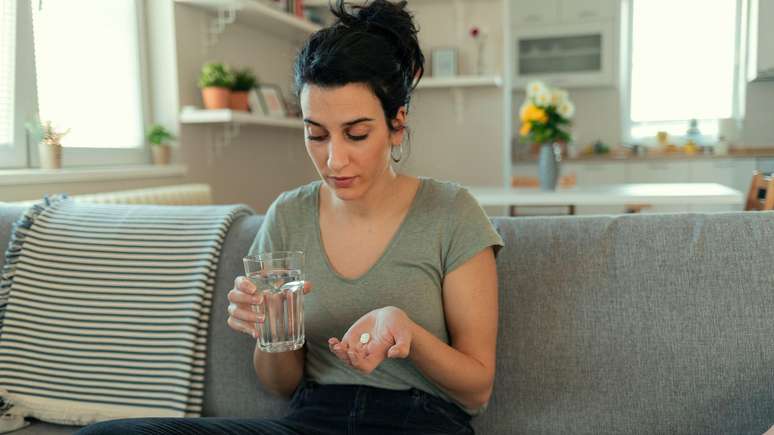
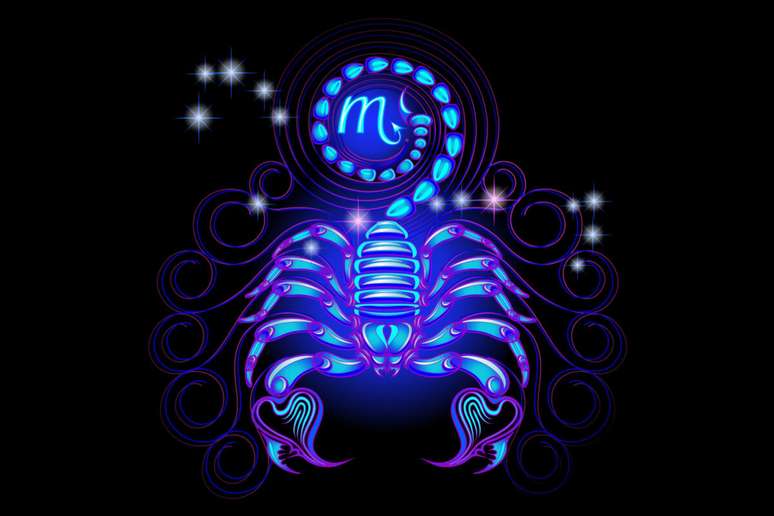
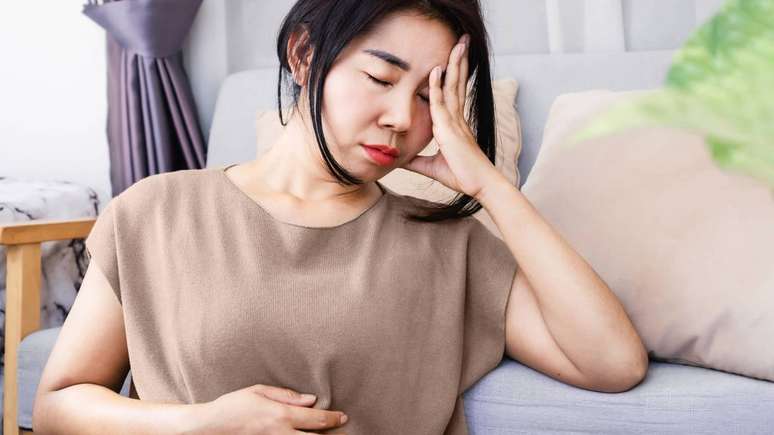
![New York Special: Why You Won’t See It Anymore [Spoiler] in the series? New York Special: Why You Won’t See It Anymore [Spoiler] in the series?](https://fr.web.img6.acsta.net/img/fc/a2/fca242c7befc75467758596593c0656d.jpg)

